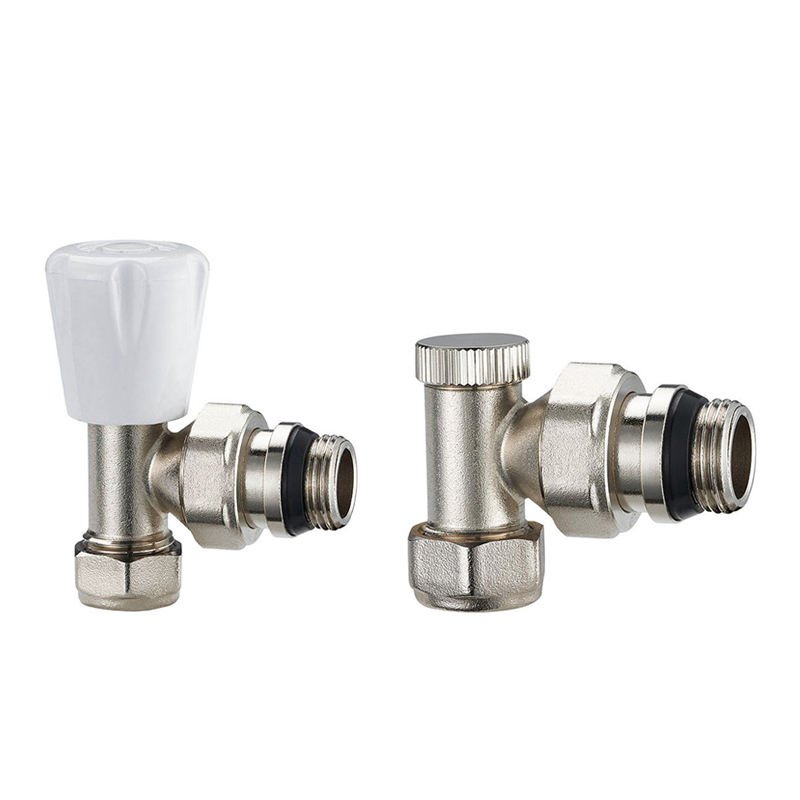You’ve noticed your room’s getting chilly despite cranking up the heat—frustrating, right? A radiator that’s not working can leave you shivering, spike your energy bills, and even damage your heating system if ignored. But don’t worry! This guide will walk you through simple steps to test your radiator and spot issues like a stuck thermostatic radiator valve—so you can fix it fast and stay cozy.
To test if your radiator is working, turn on your heating system and feel the radiator’s surface after 15-20 minutes. It should be warm evenly across the top and sides. If it’s cold or only warm at the bottom, there’s a problem—like air trapped inside or a faulty valve—needing a quick check.
Curious about what might be going wrong? Stick with us! We’ll dive deeper into spotting radiator issues and how to handle them, so you’re not left in the cold.

How Do You Know If Your Radiator Valve Is Stuck?
Radiator valves—like the thermostatic radiator valve—control heat flow, but they can get stuck over time. You’ll know it’s stuck if the radiator stays cold even when the heating’s on, or if it’s blasting heat no matter how low you set it. A stuck valve often comes from lack of use, rust, or gunk buildup inside. Try turning the valve knob back and forth gently. Does it move smoothly, or is it stiff? If it’s jammed, you might hear a faint grinding noise too. Another clue? Uneven heat—hot at the bottom, cold at the top. To fix it, turn off the heating, remove the thermostatic radiator valve head only, and tap the valve lightly with a wrench to loosen it. If that doesn’t work, it might need replacing. Regular use and maintenance can stop this headache before it starts—especially with high-quality valves from brands like IVALVECRAFT.
How Do I Know If a Coolant Valve Is Bad?
Your radiator’s coolant valve—sometimes called a safety or pressure valve—keeps water flowing right. If it’s bad, you’ll spot trouble fast. Is your radiator leaking a bit around the edges? That’s a big sign. Or maybe it’s not heating up properly, even though the system’s running. A bad coolant valve can also cause weird pressure issues—like hissing sounds or water pooling under the radiator. Check the thermostatic radiator valve settings too; if they’re fine but the radiator’s still acting up, the coolant valve might be the culprit. Turn off the system, let it cool, and inspect the valve for cracks or corrosion. If it looks worn or won’t close tight, it’s shot. Replacing it with a durable brass safety valve—like ones we craft at IVALVECRAFT—can save you from bigger plumbing messes down the road.
When Should I Replace My Radiator Valve?
Knowing when to swap out a radiator valve can feel tricky, but there are clear signs it’s time. If your thermostatic radiator valve not working leaves you freezing or sweating despite tweaking it, that’s a red flag. Look for rust, leaks, or if the knob’s too stiff to turn—these mean it’s past its prime. Age matters too; valves over 10-15 years old often lose efficiency, even high-quality ones. If you’ve got uneven heating or your energy bills are creeping up, don’t wait. Replacing it sooner rather than later stops small issues—like unstable export pressure or low flow rate—from turning into costly repairs. Go for a reliable option, like IVALVECRAFT’s brass thermostatic radiator valves, built for steady performance. Pro tip: swap them during routine maintenance to avoid emergency breakdowns when winter hits.
Wrapping It Up
Testing your radiator is simple—turn it on, feel for even warmth, and listen for odd noises. If it’s cold or uneven, check those valves! A stuck radiator valve, a bad coolant valve, or an old, rusty one could be the troublemaker. Catch these issues early by watching for leaks, stiffness, or poor heat, and replace them when they’re worn out. With the right care—and top-notch products—you’ll keep your heating system humming smoothly.
Choose IVALVECRAFT, choose reliable partner, enjoy the high quality and best service.


